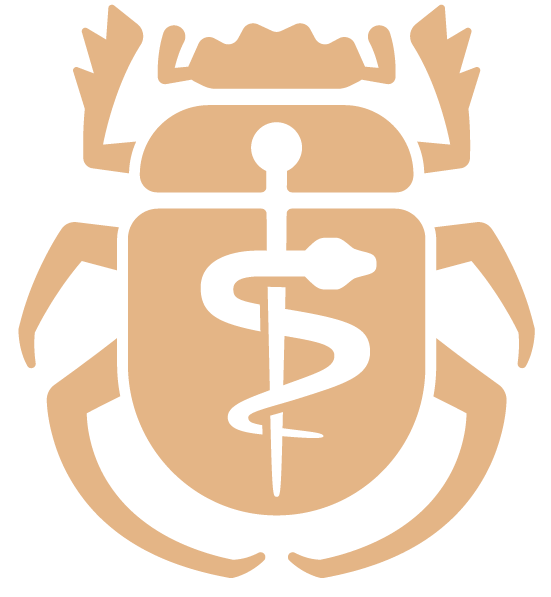Unspecific back pain
The good news is that the most common cause of back pain is tension of muscles (myogelosis) close to the spinal column, very likely as a reaction to life habits like lack of activity and movement, spending too much time in potentially harmful positions like sitting and/or bending the neck, stress and minor age-related changes of the human skeleton and joints. This pain is called unspecific as joints, nerves and vertebral discs (cartilage discs between the vertebral bodies serving as shock absorbing buffers as well as enabling the complex movements of the spine) are usually undamaged. Luckily, treatment consisting of physiotherapy and increase in (spine-friendly) activity, application of warmth, painkillers at reasonable level and interval as well as waiting with optimism are most likely to sufficiently provide relief of the pain. In addition, stress-reduction and patience are helpful and may be key in avoiding the need for more intense treatment.

